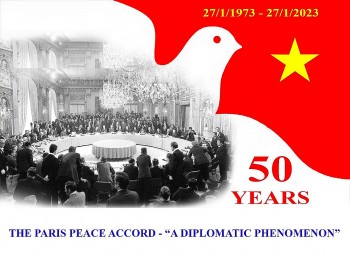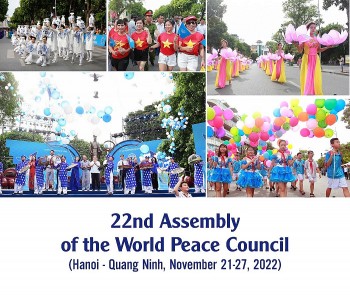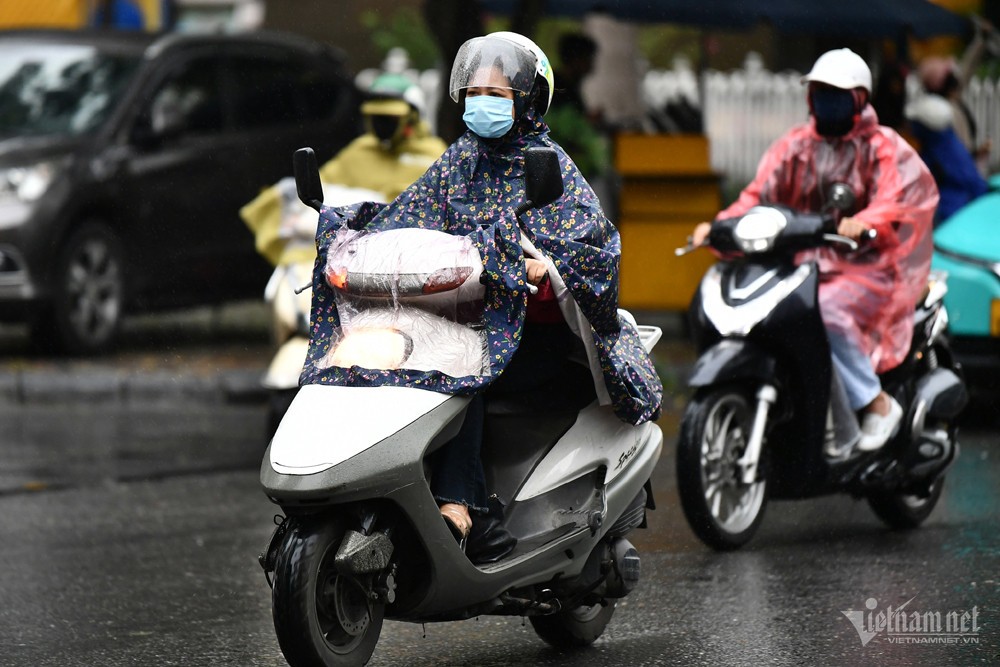Vietnam's land of wonder in English tourist's eyes
"The winter chill isn't enough to spoil the beauty of the norths more remote regions," wrote Grant J. Riley, a writer, photographer and freelance ecologist from the southwest of England.
 |
Sin Ho (Lai Chau), land of wonder. (photo: Grant G.Riley)
It’s winter. You can tell it’s winter in Hanoi as everyone is wrapped up in puffer jackets, hats and scarves. Hands are pushed deep into pockets, elbows are kept straight and chins are tucked firmly into chests. Seemingly the only conversations are along the lines of: ‘It’s cold; so cold!’ This means temperatures have dropped below 20C. Meanwhile, I browse pictures from home (England), where there has been widespread snow across the country. My media feeds are full of snowmen and wooded landscapes wonderfully buried under a few inches of the white stuff. It’s already been down as low as -15C. In the UK, and I’m sure in most cold and certainly much colder countries, in the winter, we stay warm. A brisk venture out into the freeze and then quickly back inside to an open log fire, mulled wine, hot whisky, carpets, slippers and so on. Conversely, winters in Hanoi … well, yes, they can be damned cold, and while certainly not the sub-zero temperatures of home can at times drop down into single figures. But it’s the cool humidity that penetrates your bones. Tiled floors, lofty rooms, no heating; all abodes are built with the intention of keeping out the searing summer’s heat with no consideration given to retaining warmth during the winter months. Hey-ho - we all survive and just get on with it.
I get a call: ‘Do you want to come on a mission?’ I am asked, ‘… up to the mountains in the north, to Sin Ho?’
‘Errr, well yes, but I’m busy complaining about the winter in Hanoi - surely it’s going to be bitterly cold up there?’
Never one to turn an adventure down, I pack my warmest clothing and before long we catch the night train north. The task at hand turns out to be shooting videos and taking photographs of some trees, my favourite kind of job. My good friend sells produce in Hanoi from ethnic minorities in and around Sapa, and she also sells walnuts from Sin Ho in Lai Chau province, just next door. A rather bizarre scenario has emerged, where an ugly social media activity led to the slandering of walnut harvesters in the north. I won’t go into details here - let’s just say we set out to redress a very negative situation.
We set off on our motorbikes from Sapa - an Englishman, a Vietnamese, and two Red Dao women, all wrapped up under many layers of warm clothing - into the near freezing fog. It’s approximately a 120-km drive, which will probably take most of the day. With visibility down to just a few metres, my sight is instantly impaired by thick droplets of water on my eyelashes. The temperature is so low it immediately breaches every item of protection, and our speed is down to just a few kilometres an hour. I wonder if we will make it there by the end of the day.
 |
Dao women. (photo: Grant G.Riley)
Riding out from Sapa, we pass contrasting splendour and spoil: one moment a glorious waterfall, the next a mountain munching cement factory or limestone quarry. We pass Mt Fansipan, Indochina’s highest peak at 3,143 metres, and ride out onto Tram Ton Pass, Vietnam’s highest road, at 1,900 metres. This pass is known as Heaven’s Gate, and we are soon to discover why. As we rise out of the murk - in bright sunlight above the clouds and fog - the views of the unfolding hills ahead majestically enthral. Unlike the valleys of Sapa, with their quintessential rice terraces, these lands are much more desolate. The sheer scarps and steep blankets of forest remain uninhabited. I ponder what might live up there, high above these roads.
Towards lunchtime we descend down a corkscrew road to catch the first glimpses of the mountain city of Lai Chau, the provincial capital, nestled amid stunning limestone peaks. We pause to refuel both our motorbikes and ourselves and soon press on. By chance we seem to have taken the old road to Sin Ho and are treated to further glorious ascents and consequent descents; at times the route deteriorates into mere muddy tracks. Just before sunset we eventually arrive at our destination.
We are greeted by our Black Dao hosts and are quickly taken out to be shown some walnut trees before the sun fully sets. Somehow, I had imagined orchards of the aforementioned trees, but contrary to my preconceptions we are taken to various farmsteads and small holdings where clusters of the walnut trees remain. Tales are related of how these trees were thought in the recent past to have little or no value, and many were felled, but as new markets have opened up in Hanoi and as even far south as HCMC, their worthiness has been revaluated. New saplings are being planted, fresh grafts are being made. The black walnut trees of Sin Ho live on.
The following morning we rise early and are taken to a magical site in the middle of one of the villages. We climb a small hill and I am surprised to find three large stone tablets, one written in Vietnamese, one in Hmong-Dao, and one in pigeon English. The story tells of an earth fairy that flew in the sky and visited the village, leaving behind an umbrella that became encased in stone, which remains and has become a spiritual alter for the local people. It is a wonderful start to the day.
 |
Sin Ho (Lai Chau). (photo: Grant G.Riley)
Soon we are back on our bikes and off to another neighbouring village. These tiny settlements host a curious assemblage of ethnic minorities: Flower Hmong, Blue Hmong, Black Hmong, Lu, Black Dao and Red Dao. For me, with fairy tales on my mind, it as if I’m in some wonderland - truly magical landscapes reveal themselves. This is some of the most unspoilt and original Vietnam I think I have encountered.
We reach our final destination and boldly ascend a rocky track through an idyllic community. Dogs are barking, cockerels crowing, piglets squealing - a glorious fanfare for our parade. At the highest point and at the very end of the village proudly stands a magnificent walnut tree; coated in moss, lichens, ferns and bromeliads - as if to quantify its age. My colleagues make their videos, I take my photos; all is overseen by an elderly couple peering over their fence. Come, come and tell us your tale, we ask them. The old man disappears briefly and returns wearing a black beret and a loosely knotted tie - smartened for his photo. He relates how this very tree has always generously given great yields of black walnuts, since his birth in 1933.
I stand, lost in my own thoughts, and deliberate what it must be like to have lived with and known a single tree for 84 years./.
( VNF/The Guide )
Most read
Recommended
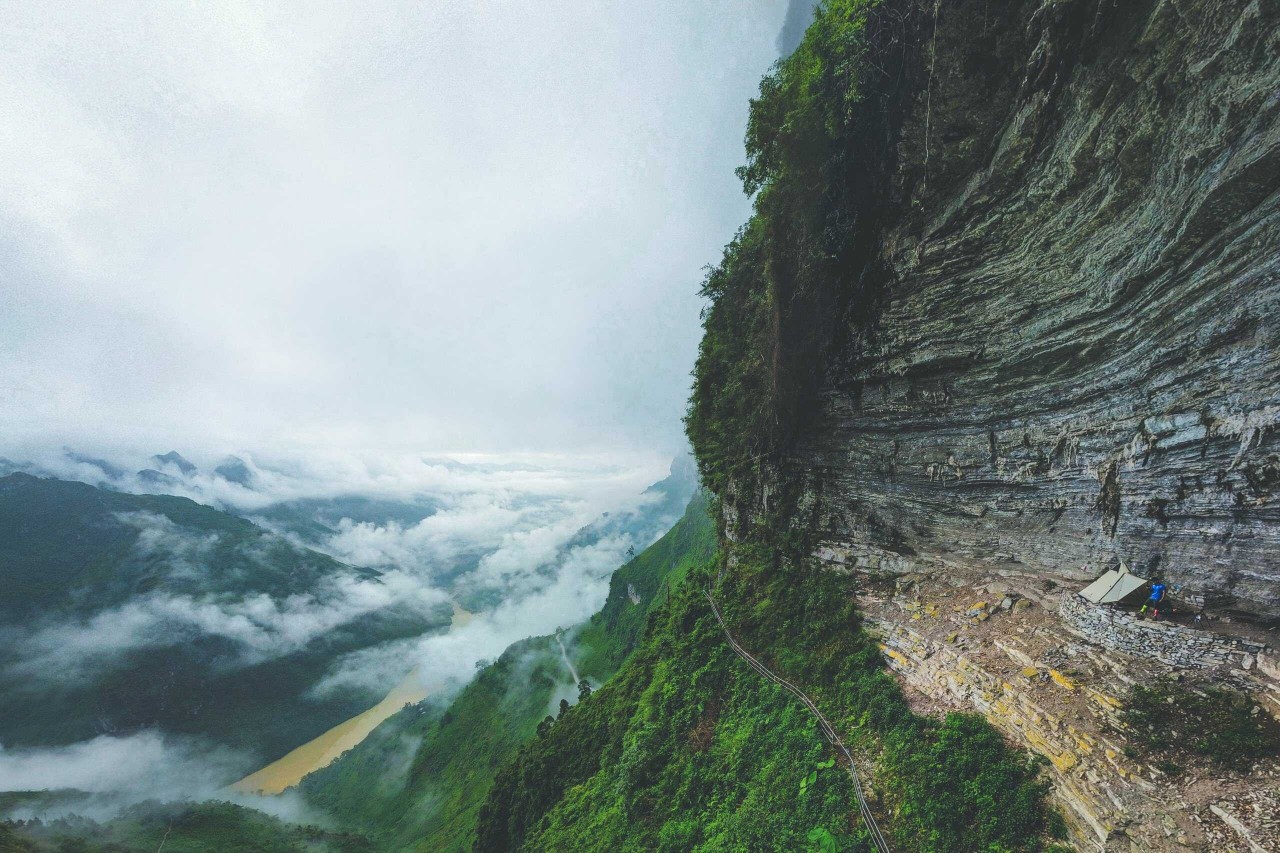 Travel
Travel
Experience The Unique Camping On The White Cliffs In Ha Giang
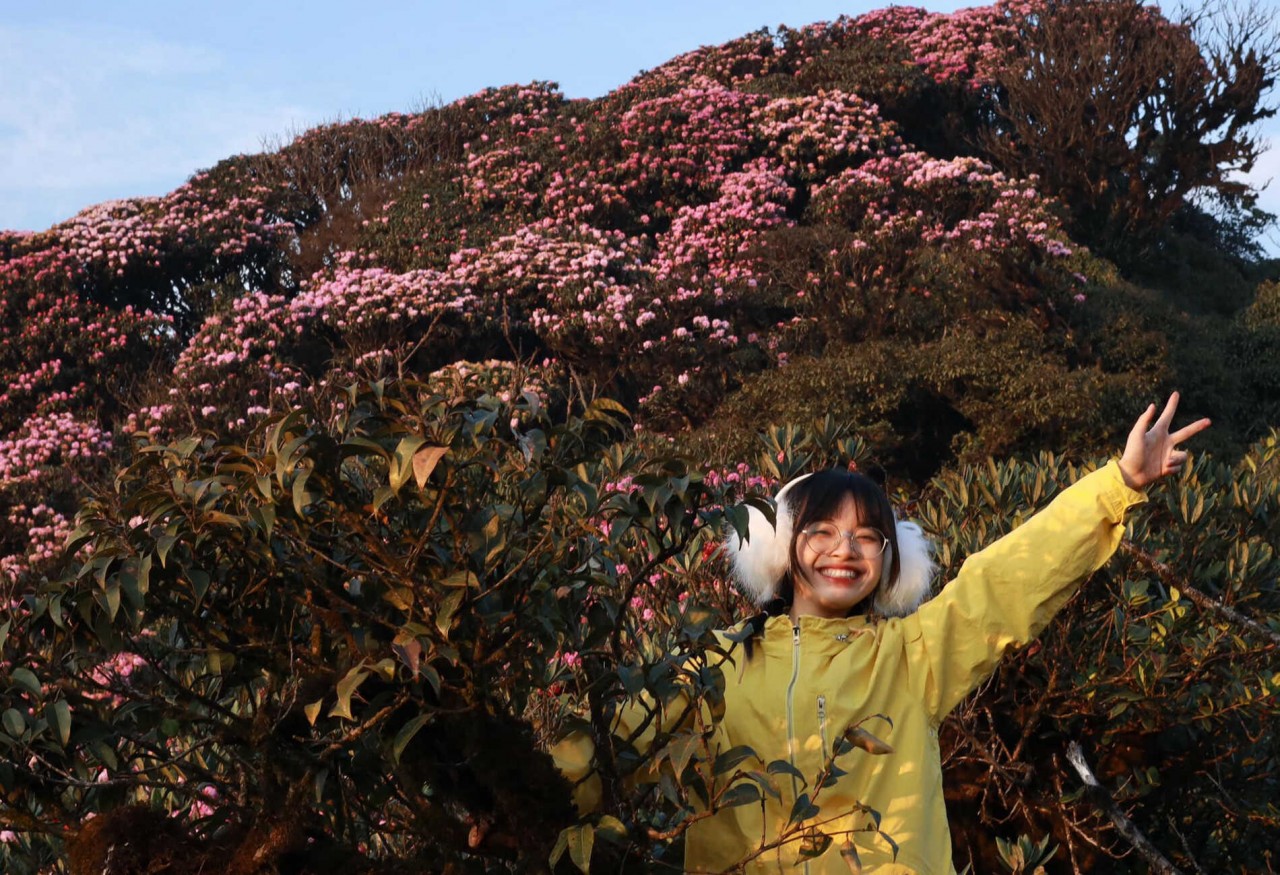 Travel
Travel
Conquer The Majestic Putaleng Mountain In Northern Vietnam
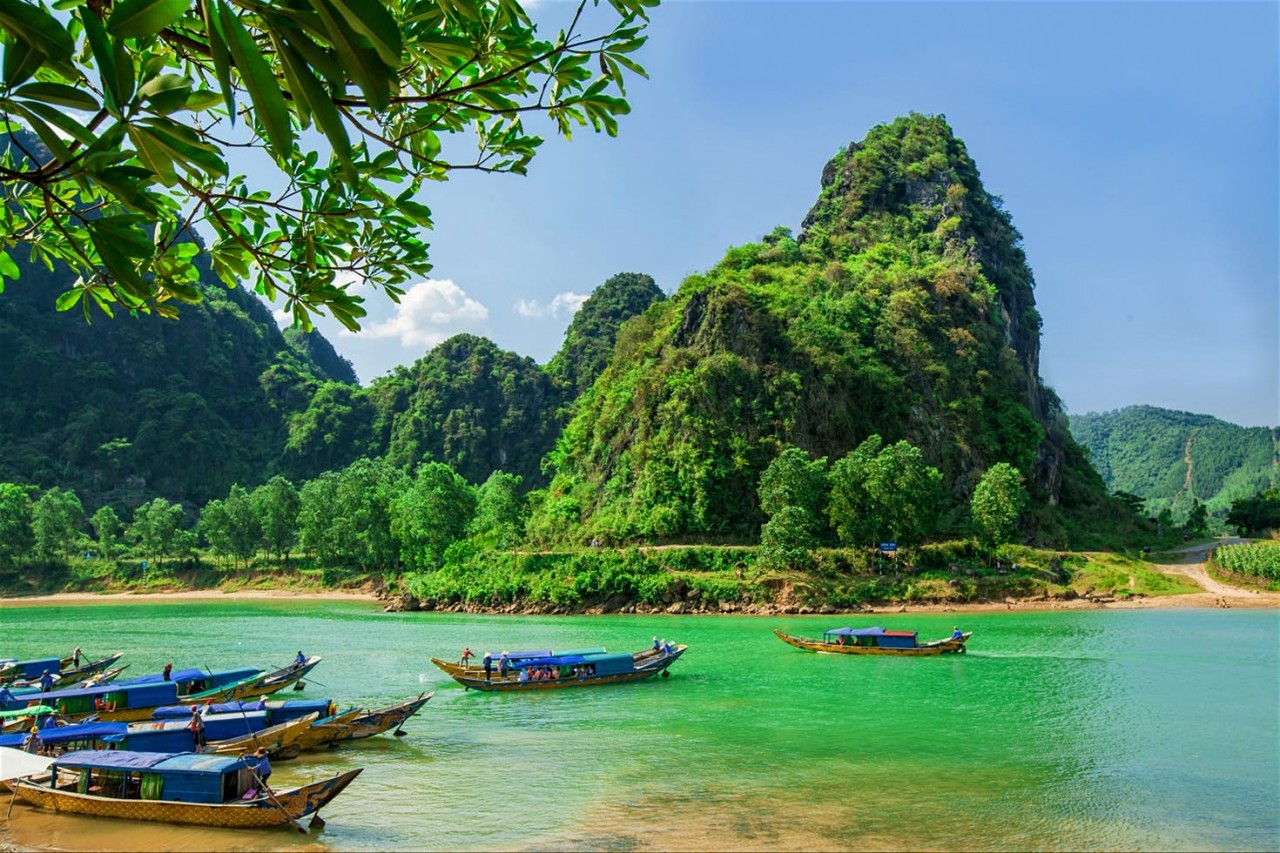 Travel
Travel
Discover The Legendary Son River In Quang Binh
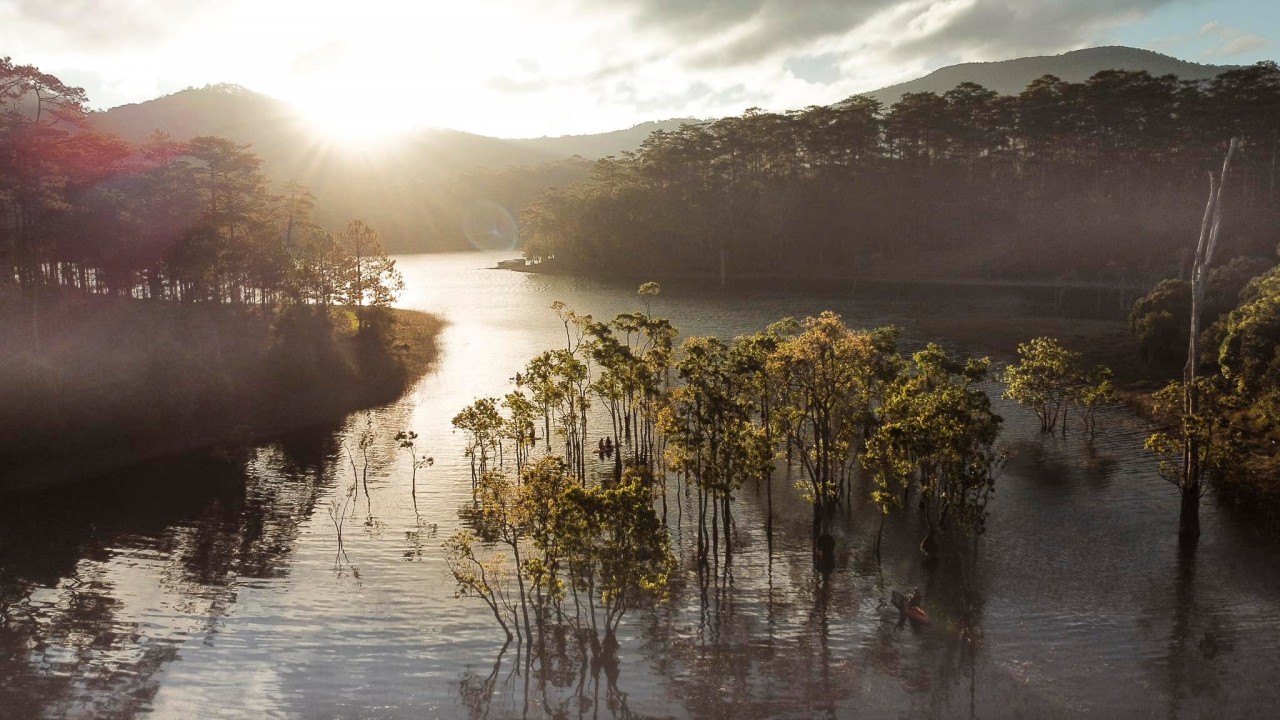 Travel
Travel
Suoi Tia – The Stunning Upstream Of Tuyen Lam Lake
Popular article
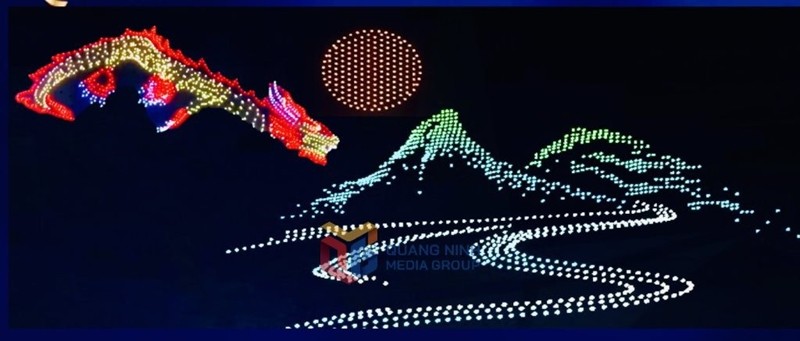 Travel
Travel
Ha Long Carnaval Festival 2024 To Be Held In Vietnam
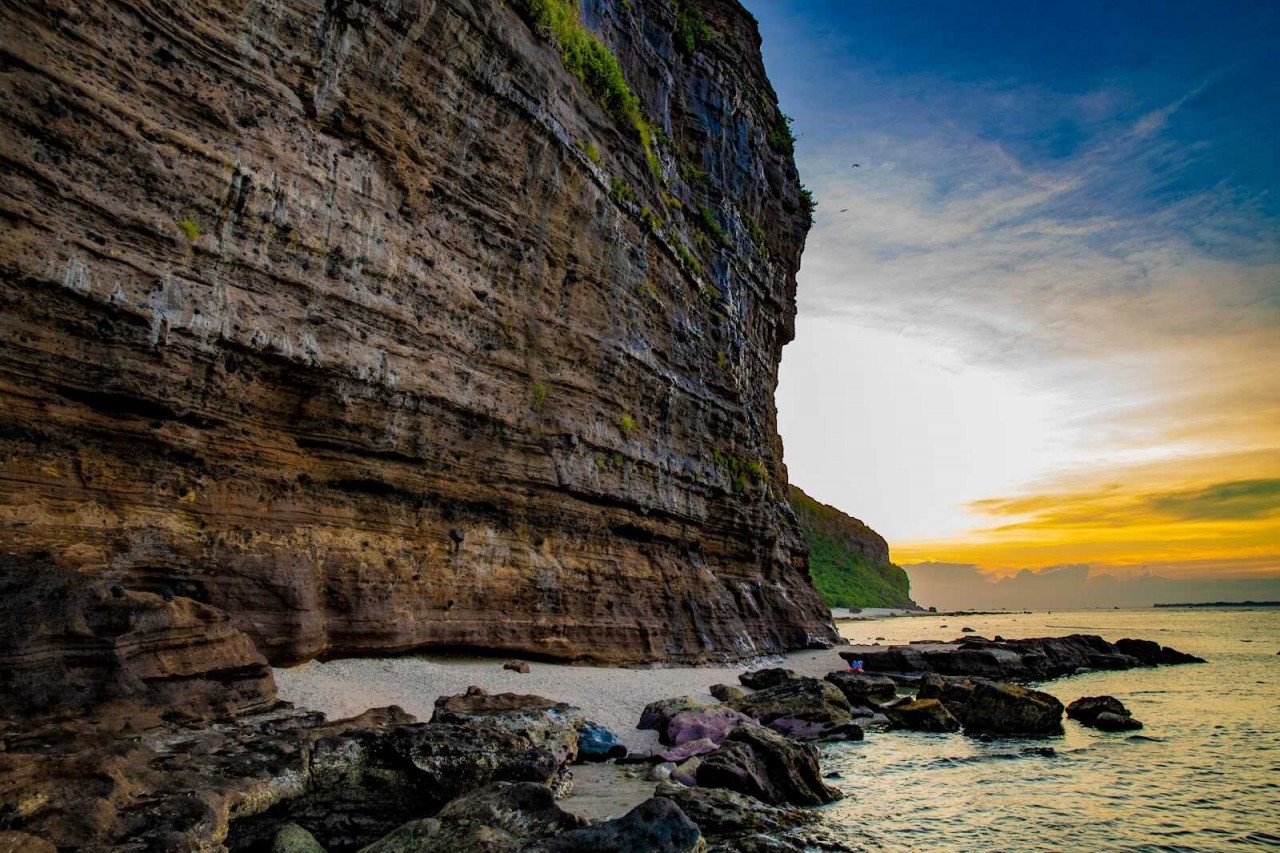 Travel
Travel
Ly Son Island – A Perfect Getaway For A Summer Trip In Vietnam
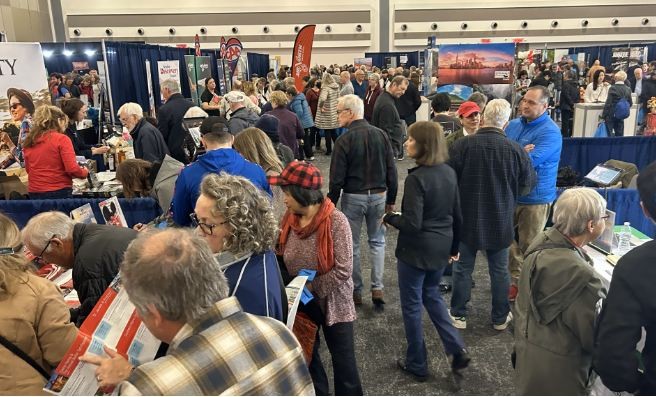 Travel
Travel
Vietnam Joins 27th Travel and Vacation Show in Canadian Capital
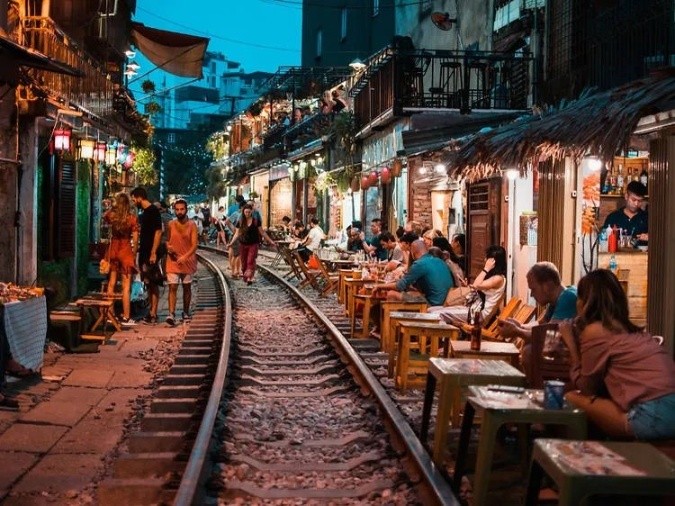 Travel
Travel


